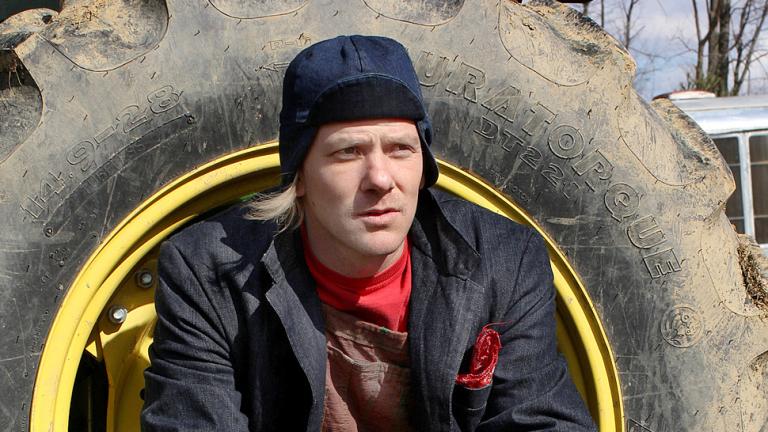A generation ago a group of countercultural organic farmers kicked off a movement that has evolved into a $31.5 billion dollar industry. Now, as those back-to-the-landers from the ’60s and ’70s retire, they are asking what comes next.
I’m going to spend some time asking the same question. For my next deep dive (after looking at GMOs), I’m going to be trying to identify the next concrete steps that can be made toward the regional food systems of our dreams. Part of the problem, of course, is that we all dream of something slightly different. But there are some broad goals that we can probably all agree on:
Making farms more sustainable, beautiful, and biodiverse; allowing farmers and food workers to earn a decent middle-class income (currently, many of the former and most of the latter do not); connecting eaters to agriculture; and providing more healthy and delicious food.
Already there’s a hearty new generation of people who want to produce food this way, and an ever-growing base of people who want to buy and eat it. But now what? What are the barriers as we make our way down this road? Do we need different middlemen in the market? Different infrastructure? Different laws? Different technologies?
I’ll be talking with successful farmers and food producers to try and understand the conditions that have allowed them to succeed, and to suss out the snags that are still holding them back.
As I progress, I’m going to run up against some old debates. For instance, my vision of a sustainable food system is fundamentally local. But some economists have pointed to examples where it’s more environmentally friendly to ship food across the ocean than drive it across the county. When I bump into those controversies, I’ll take the time to read up on them, and present the evidence as impartially as I can.
Regardless of the way that evidence shakes out, I do think there’s a good reason to build up regional food systems: Simply put, a lot of people feel disconnected from their food and alienated from the people who grew it. That’s the true source of the GMO-food debate, I think: The food companies say, “Trust us, this stuff is fine,” and many eaters respond, “But we don’t trust you, why should we?”
Bringing eaters and farmers closer together allows the formation of trust. When eaters can see the benefits of good agricultural practices in their backyards, they are more likely to support those practices. People are less likely to buy cheap food that relies on nasty polluting externalities if they can actually see that pollution in their creek. We’re all more likely to make sane choices about food when we are connected to our farmers.
In the end, I hope to provide a pragmatic toolkit for encouraging the kind of food systems that foster those connections. We’ve got the desire from both producers and eaters to reconnect. So what next?




